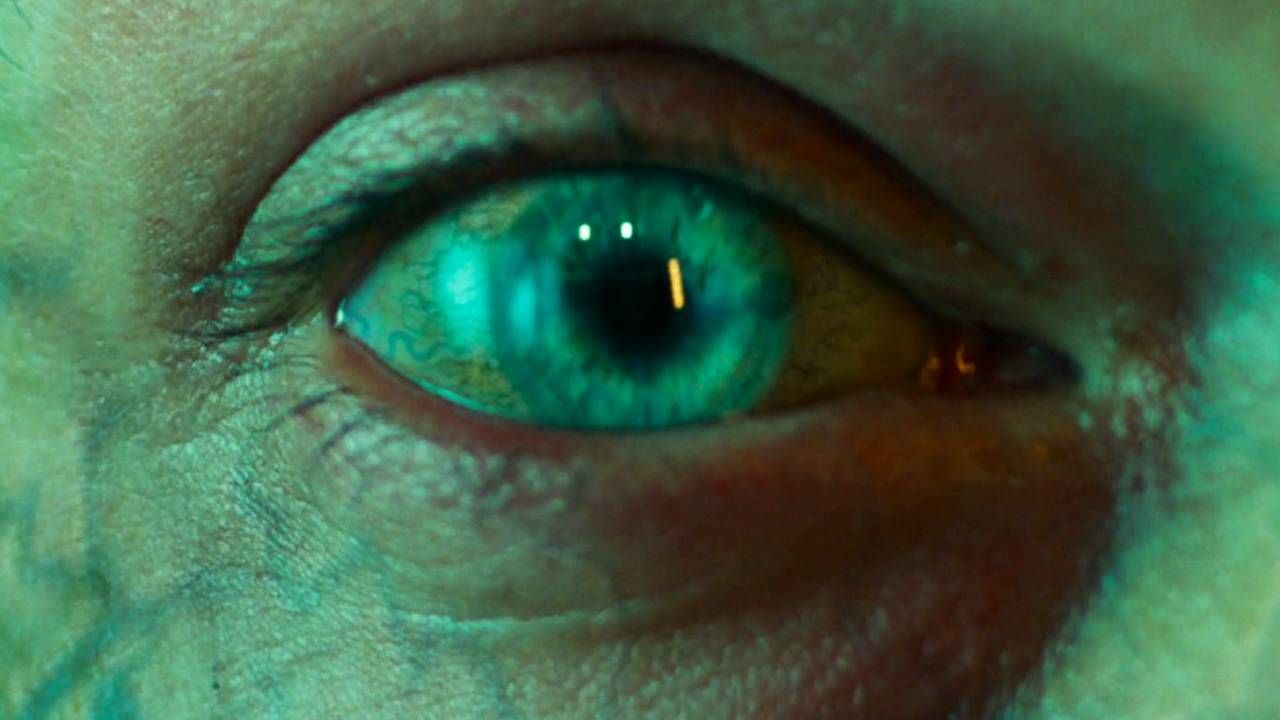On many files you can see not only the brand name, but also various numbers, written, for example, like this: 80/150. These inscriptions do not correspond at all to the recommended price nor to the number of uses for which the file is designed. This indicates the grit level of a nail file, and values in this category should be understood.
Grain is a feature that is used not only in manicure, but also, for example, in repair work and dentistry. This word refers to the abrasiveness of the materials. And in the case of manicure, we are talking about the rigidity of the files.
Nail files are divided not only by the types of materials from which they are made, but also by the level of abrasive spraying. The higher the grit level, the finer and more delicate the spray applied to the file, and it is suitable for gentler treatment of nails and cuticles.









